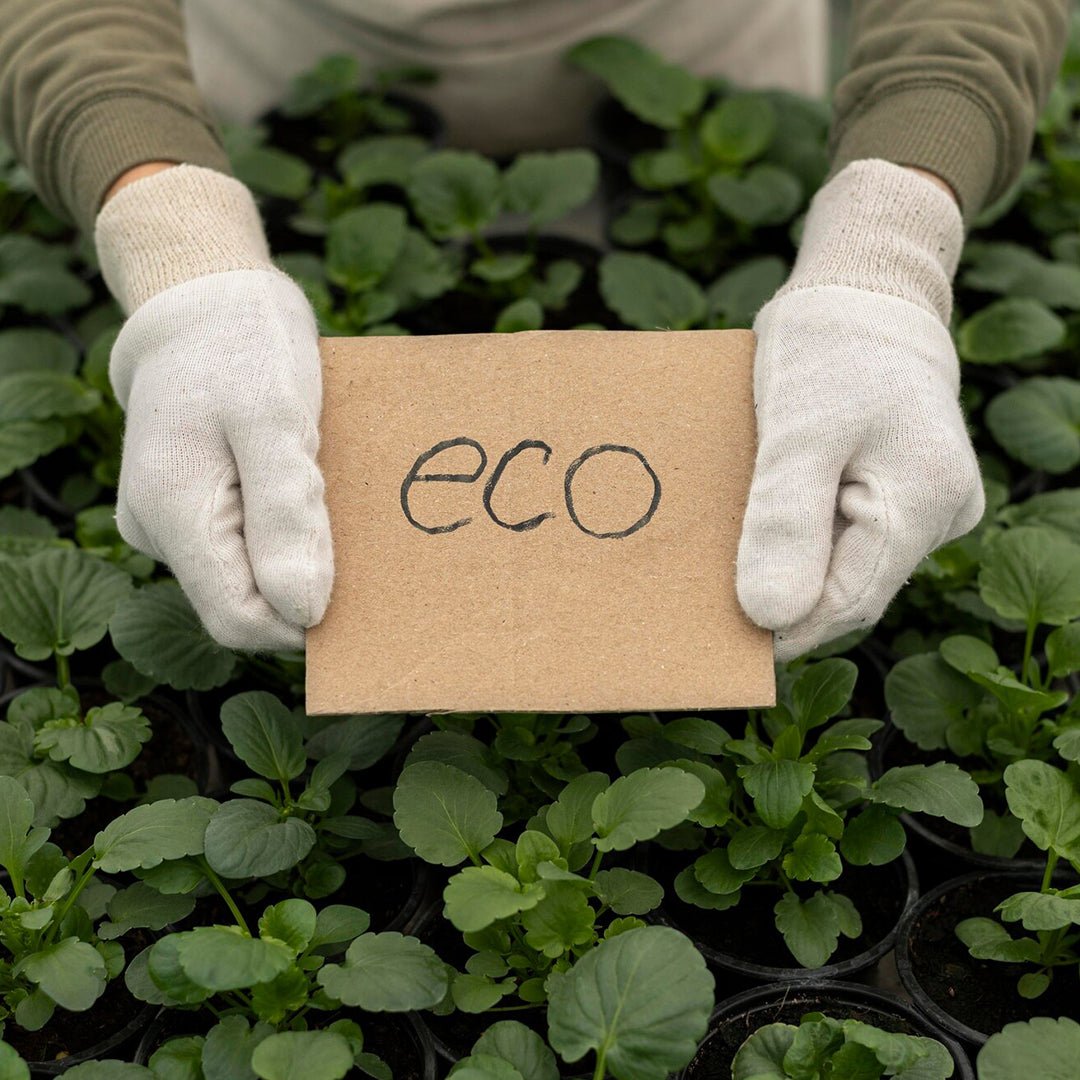In today's environmentally conscious world, every small step toward sustainability counts. Greeting cards, a seemingly small but significant part of our lives, have seen a transformative shift towards eco-friendliness. From "thank you cards" to "happy birthday cards," the greeting card industry is embracing sustainable practices and materials, making it easier for consumers to celebrate special occasions without compromising their commitment to the planet.
Eco-friendly greeting cards are gaining popularity as more people become aware of their environmental impact. Traditional greeting cards often contribute to deforestation, pollution, and waste. The production of these cards involves cutting down trees, using energy-intensive processes, and employing non-biodegradable materials. However, the tide is turning as consumers demand more sustainable options.
Why Choose Eco-Friendly Greeting Cards?
- Environmental Impact: By opting for eco-friendly greeting cards, you help reduce deforestation and decrease the carbon footprint associated with traditional card production. Sustainable cards often use recycled or sustainably sourced materials, which significantly lessens their environmental impact.
- Supporting Ethical Practices: Many eco-friendly card producers adhere to fair trade practices, ensuring that workers are paid fairly and work in safe conditions. This ethical approach benefits both the environment and communities involved in the production process.
- Innovative Designs: Eco-friendly greeting cards are not just about sustainability; they also boast innovative and unique designs. From seed paper cards that you can plant to minimalist designs on recycled paper, there's something for every taste and occasion.
Sustainable Materials for Eco-Friendly Greeting Cards
Choosing the right materials is crucial in making greeting cards eco-friendly. Here are some of the most common sustainable materials used:
- Recycled Paper
Recycled paper is a staple in the eco-friendly greeting card industry. By using paper that has already been processed, manufacturers reduce the demand for virgin paper, thus saving trees and reducing energy consumption. Recycled paper comes in various qualities, from high-end textured finishes to simple, unbleached kraft paper.
- Plantable Seed Paper
One of the most innovative materials in the eco-friendly greeting card market is plantable seed paper. This biodegradable material is embedded with seeds, allowing the recipient to plant the card and grow flowers, herbs, or vegetables. Seed paper is typically made from recycled paper pulp, further enhancing its eco-friendly credentials.
- FSC-Certified Paper
The Forest Stewardship Council (FSC) certifies paper products that come from responsibly managed forests. FSC-certified paper ensures that the paper used in greeting cards is sourced sustainably, protecting forests and the wildlife that inhabit them. Choosing greeting cards made from FSC-certified paper supports sustainable forestry practices.
- Alternative Fibers
Eco-friendly greeting cards can also be made from alternative fibers such as bamboo, hemp, or cotton. These materials grow quickly and require fewer resources than traditional timber. Bamboo and hemp, for instance, grow rapidly without the need for pesticides or excessive water, making them excellent sustainable choices.
- Soy-Based Inks
Traditional petroleum-based inks can be harmful to the environment due to their toxic components. Soy-based inks, on the other hand, are a renewable resource and produce vibrant colors without releasing harmful VOCs (volatile organic compounds). Greeting cards printed with soy-based inks are a greener option for eco-conscious consumers.
Sustainable Practices in the Greeting Card Industry
Alongside using eco-friendly materials, the greeting card industry is adopting various sustainable practices to minimize its environmental footprint. Here are some noteworthy practices:
- Reduced Packaging
Excessive packaging is a significant contributor to waste. Eco-friendly greeting card companies often minimize packaging, using recyclable or biodegradable materials when necessary. Some even eliminate packaging altogether, offering cards with minimal wrapping to reduce waste.
- Eco-Friendly Printing Techniques
Eco-friendly printing techniques, such as digital printing and waterless offset printing, consume less energy and produce fewer emissions than traditional printing methods. These techniques also reduce water usage and the need for harmful chemicals, making the entire printing process more sustainable.
- Carbon Offsetting
Some greeting card companies take their commitment to sustainability a step further by participating in carbon offset programs. These programs compensate for the carbon emissions produced during the manufacturing and shipping processes by investing in projects that reduce greenhouse gases, such as reforestation and renewable energy initiatives.
- Local Production
Producing greeting cards locally reduces the carbon footprint associated with transportation. Many eco-friendly greeting card companies prioritize local production, supporting local economies and minimizing the environmental impact of shipping products long distances.
- Digital Greeting Cards
While not physical cards, digital greeting cards are a highly sustainable option. They eliminate the need for paper, ink, and transportation altogether. Digital cards can be personalized and sent instantly, making them a convenient and eco-friendly alternative for tech-savvy consumers.
Making Eco-Friendly Choices: A Consumer's Guide
As a consumer, there are several ways you can support the eco-friendly greeting card movement. Here are some tips for making sustainable choices:
- Look for Certifications: When purchasing greeting cards, look for certifications such as FSC, which indicate that the product meets high environmental and ethical standards.
- Choose Recycled or Plantable Cards: Opt for cards made from recycled paper or plantable seed paper. These choices help reduce waste and support sustainable practices.
- Support Eco-Friendly Brands: Research and support brands that prioritize sustainability in their production processes. Many small businesses and independent artists are leading the way in creating eco-friendly greeting cards.
- DIY Greeting Cards: Consider making your own greeting cards using recycled materials. DIY cards add a personal touch and allow you to repurpose materials that might otherwise go to waste.
- Go Digital: For some occasions, digital greeting cards can be a great alternative. They are quick, customizable, and have zero environmental impact.
Conclusion
Eco-friendly greeting cards are a testament to how small changes can make a significant difference. By choosing sustainable materials and supporting ethical practices, we can celebrate special moments without harming the planet. Whether you're sending "thank you cards," "happy birthday cards," or any other type of greeting card, opting for eco-friendly options is a simple yet impactful way to contribute to a more sustainable future.



